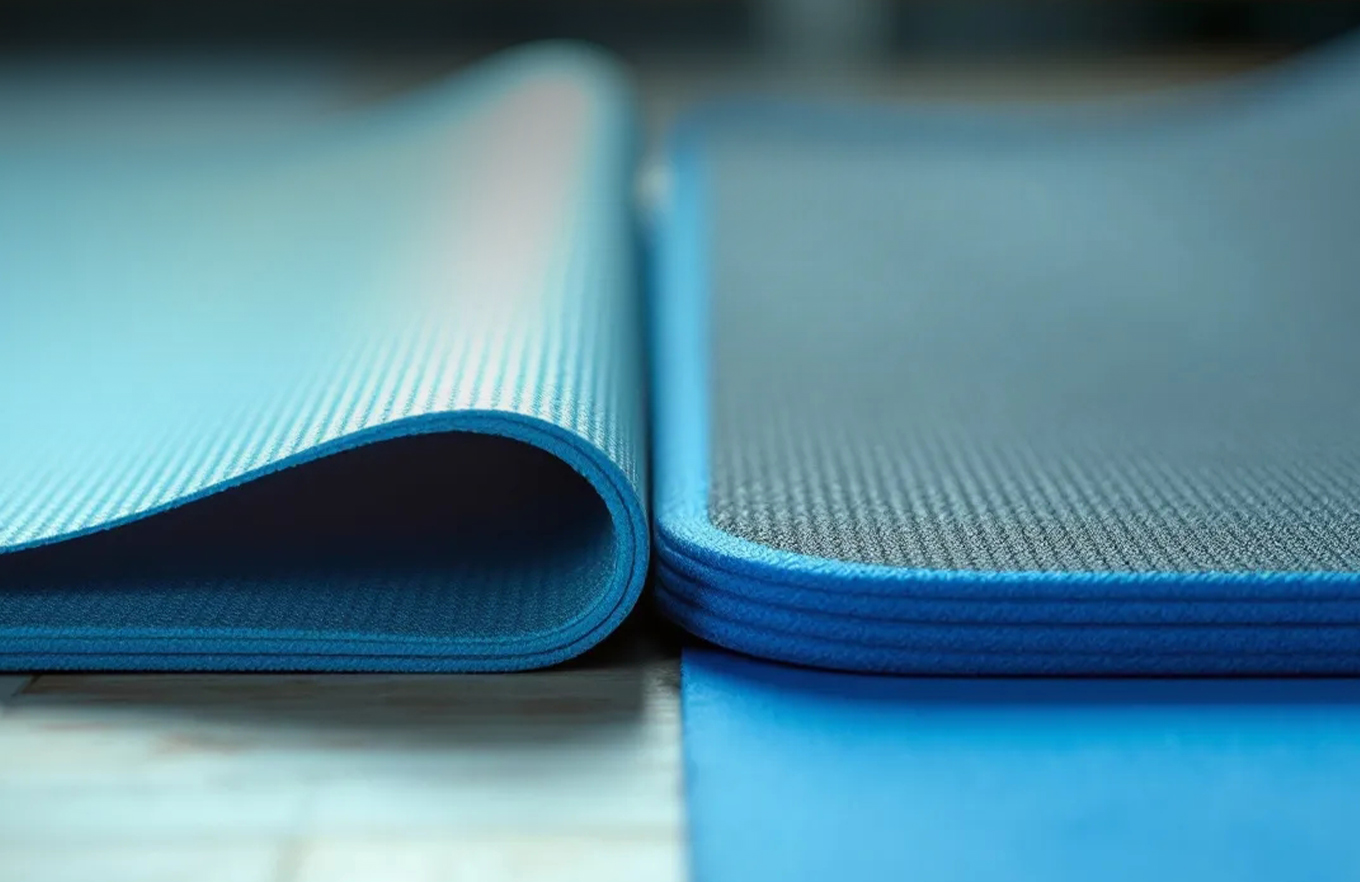
When it comes to modern industries, from packaging to footwear, choosing the right foam material can make or break product performance. Among the wide variety of options, EVA foam often stands out as a favorite. Known for its durability, flexibility, and cost-effectiveness, EVA foam material is widely used in applications where comfort and protection are equally important. Whether in yoga mats, safety gear, or even automotive interiors, EVA foam continues to shine.
The real question is, how does EVA foam compare with other foam types, and why do companies like Samad Foam in the USA and Europe prefer it? Let’s dive deeper into a practical comparison.
Foam materials come in many varieties, including polyethylene foam, polyurethane foam, rubber foam, and TPE foam. Each has unique features, but EVA foam material tends to dominate discussions because of its versatility. EVA foam is lightweight, highly resilient, and offers excellent shock absorption, making it a multipurpose solution for industries as diverse as healthcare, sports, and packaging.
Unlike polyurethane, which degrades faster under heavy stress, EVA foam maintains its structural integrity for longer. Similarly, while rubber foams are durable, they lack the same level of comfort and softness that EVA provides. These qualities make EVA foam the bridge between performance and comfort, offering manufacturers a balanced option.
Polyurethane foam is commonly used in furniture and mattresses due to its cushioning qualities. However, it absorbs moisture quickly, which often leads to a shorter lifespan. EVA foam material, on the other hand, resists water and is more durable in environments exposed to sweat, humidity, or outdoor conditions.
When tested in sports equipment, polyurethane tends to compress and lose its bounce, while EVA foam retains resilience even after long-term use. This is why companies like Samad Foam recommend EVA foam for products that need durability and long-lasting comfort.
Rubber foams such as neoprene are praised for their strength and weather resistance. They’re excellent in marine applications or protective gear. However, rubber foams are generally heavier and lack the soft cushioning effect of EVA foam.
EVA foam material provides the best of both worlds: durability with added comfort. In footwear design, for instance, EVA outperforms rubber by offering lightweight flexibility without compromising on performance. This advantage has made EVA a global choice in both the USA-based and European shoe manufacturing markets.
Polyethylene foam is another popular choice in packaging and insulation. It’s lightweight and cost-efficient, but not as soft or flexible as EVA foam. Polyethylene often cracks under high pressure, while EVA foam resists stress and retains shape.
Samad Foam often incorporates EVA foam in protective packaging because of its shock-absorbing ability, which ensures fragile items are safeguarded during transit. In industries where both protection and presentation matter, EVA foam simply outperforms.
TPE foam is flexible and eco-friendly, often positioned as a sustainable alternative. While TPE has environmental advantages, it can be more expensive and less durable in heavy-duty applications. EVA foam material, on the other hand, balances cost and durability while still offering options for recyclable blends.
For manufacturers who want long-term value without skyrocketing costs, EVA foam becomes the practical choice. Samad Foam has been integrating both TPE and EVA solutions, ensuring clients in Europe receive foam products tailored to sustainability and performance needs.

One of the main reasons EVA foam continues to outperform is its broad application base. You can find EVA foam in yoga mats, shoe midsoles, children’s toys, and even in helmets. In marine environments, EVA’s water resistance makes it a reliable choice, while in packaging, its ability to cushion fragile electronics sets it apart.
Even in healthcare, EVA foam is used for braces, supports, and padding because it is gentle on the skin while offering durability. Compare this with other foams, and EVA emerges as a multi-industry performer.
As a leading manufacturer, Samad Foam has seen firsthand how EVA foam satisfies customer needs in multiple sectors. In the USA, EVA foam from Samad Foam has been widely adopted in the sports and packaging industries. Meanwhile, in Europe, its applications in footwear and eco-conscious products are growing rapidly.
Samad Foam emphasizes EVA foam not only for its resilience but also for its adaptability to modern innovations. When combined with cutting-edge technology, EVA foam material transforms into products that last longer and perform better.

The future of EVA foam looks promising. With sustainability becoming a global priority, manufacturers are exploring recyclable and eco-friendly versions of EVA foam material. From greener yoga mats to protective gear that reduces environmental impact, EVA foam is proving to be adaptable to future demands.
Samad Foam is already working on innovative blends that bring together strength, sustainability, and performance, showing how EVA foam will continue to shape industries worldwide.
Want high-performance foam solutions trusted worldwide? Contact Samad Foam today and discover durable EVA foam material designed for your industry needs.
EVA foam outperforms many other foam types in durability, versatility, and comfort. While polyurethane may excel in soft cushioning and rubber shines in weather resistance, EVA foam material bridges these strengths with balance, affordability, and adaptability. Giants like Samad Foam continue to highlight EVA’s value across industries in the USA and Europe, ensuring customers get the best foam technology available. For businesses seeking a reliable, long-term material solution, EVA foam is undoubtedly the superior performer.
Yes, EVA foam is lighter and more comfortable than rubber foam, making it better for footwear applications.
EVA foam material generally lasts longer because it resists moisture and retains resilience better than polyurethane.
EVA foam can be made recyclable, and many manufacturers, including Samad Foam, are exploring eco-friendly blends.